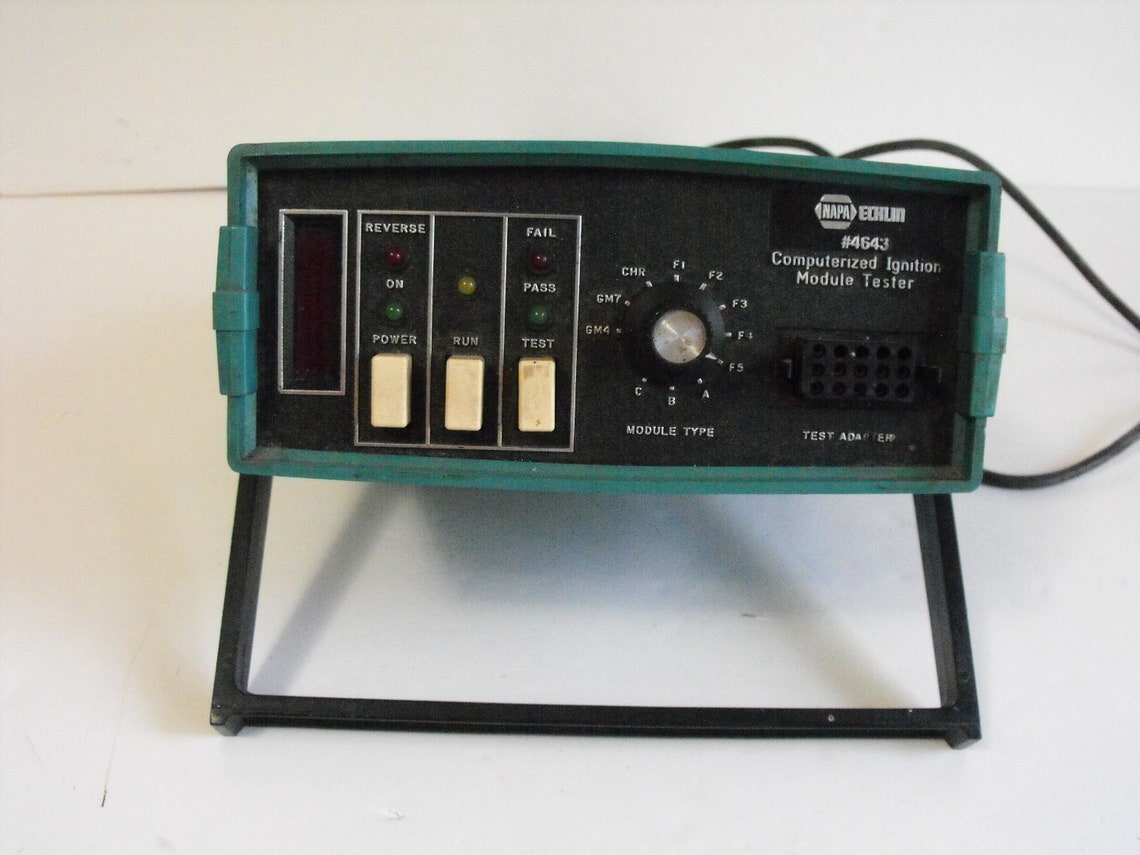I probably need to back up here a little bit and consider the actual "Replacement" module that I purchased the first time around and it failed after 1 year, the LX100 T- Series (LX100T) by Standard Products.
Pictured Below:
Can identify them by the Taller Skinnier Top Hat transistor empty housing and the Long fine thread mounting screws.
To my surprise the "T Series" is the
Economy version of the LX100 module, not knowing this when shopping to buy my first replacement.
And this is the LX101T in the 4 pin version, same economy build:
So now I am looking at going after the higher quality build modules, the ones with the better external working transistor, sitting on top of the double layer gold heat sinks, with the thermal Insulation tape layer between the 2 heat sink parts. LX100 5 pin and LX101 4 pin modules.
Unlike the single layer heat sinks and Fake "Empty" Trnasistor housings of the T Series modules. Internal smaller T0220 transistors.
The better quality modules LX100, are selling for around $50.00 where as the LX100 T-Series (economy versions) are selling around $20.00 to $35.00.
So here are some of the External Views of the better modules I am looking at right now.
This is the NOS version USA Made, that I want to use as a baseline to follow for the newly manufactured purchases.
Has all the right stuff.
Summit is starting to handle some of these, although they may ship out something other than this Stock Picture.
Need to find out if these modules they have pictured are the ones they will ship out, or just a generic photo. They are the new builds I want, prefer to find the ones with the actual manufacturer printing on the TO3 style external transistors, that shows they are real.
There are other LX100 modules for sale on ebay that are labeled as LX100 but they are actually the cheeper T series, with the fake external transistor.
Also here is the BWD Select Version CBE-5 through AdvanceAuto that comes with a Limited Lifetime warranty. Liking this one and their product build info, but not liking the looks of the external transistor, might be empty.
Think I may buy one of these and cut it open and see what the real deal is. If it is a true external transistor this one could be a win, especially with the lifetime warranty being able to walk into AdvanceAutoParts (CarQuest) and just exchange them if they would fail. Hoping they are built better to not fail.
Same Part Number as one of my New Old Stock 5 pins, made by Borg Warner CBE-5
BWD "Select" version, higher quality:

















